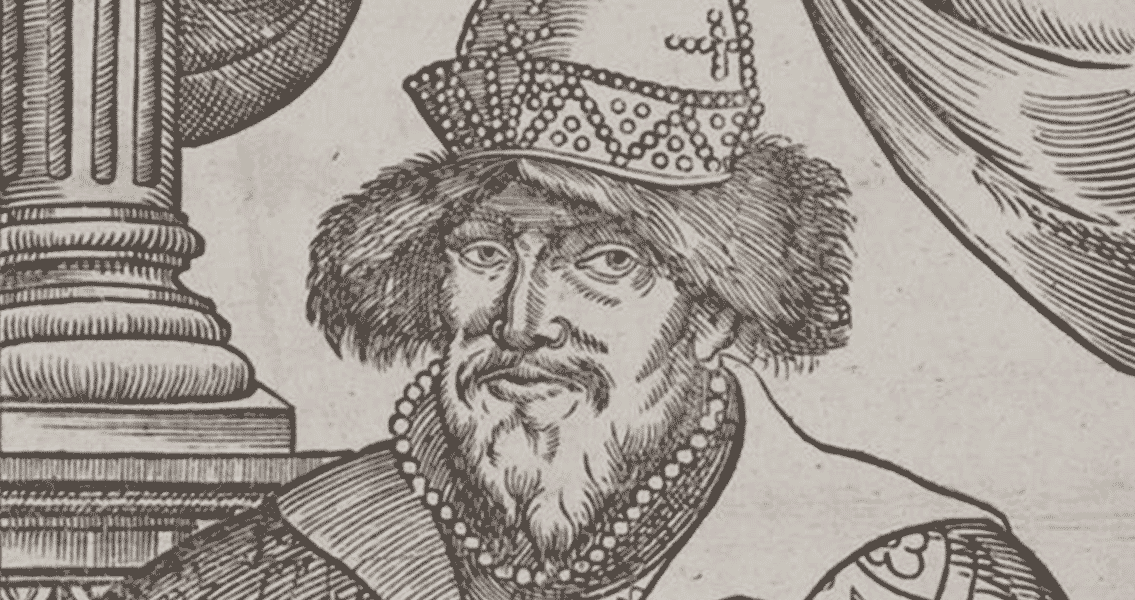<![CDATA[The sword has puzzled archaeologists since its discovery in 1975. It has an intriguing history and is the only weapon of its kind ever found in Siberia. It is clear that the sword, currently held by the Institute of Archaeology and Ethnography in Novosibirsk, was created in central Europe, most likely in the Rhine basin of Germany. After being forged in Germany, it travelled to the Swedish mainland, or the island of Gotland, where it was adorned with an ornate silver handle and Norse runes. Russian experts have decoded the Latin wording on the one metre long blade. It reads 'N[omine] O[mnipotentis]. M[ateR]. E[teRni] N[omin]e,' which translates to ' In the name of the Almighty. The Mother of God. In the name of Eternal.' Blades with this particular type of inscription were not typical in Russia or across Asia, but they were widely used by Western European knights. After extensive research on ancient weapons, it was discovered that this particular sword was from Europe and dated to the late twelfth or early thirteenth century. Questions as to how the sword reached Russia from Sweden have been asked since 1975, with the original theory being that it was carried during trade missions. It was assumed that it was taken along a trade route and reached Russia through mercantile activity. In the middle of the twelfth century there was a northern path through Russia to the River Ob, called the 'Zyryanskaya road' or 'Russky tes'. Archaeologists have found a wealth of Western European coins, silver vessels and medieval jewellery in the Urals and lower reaches of the Ob, confirming the prescence of a major trade route that could have allowed the sword to travel through the country. The sword was found in the steppe however, hundreds of kilometres from the lower and middle Ob, with rugged forests and swamps separating the locations. A possibile explanation for this is that the sword was taken as a spoil of war during conflicts between the Turkic people of the steppe and the Urgic population of the Siberian taiga. A new hypothesis, formulated by archaeologist Vyacheslav Molodin, has suggested that the blade could actually be from Ivan IV Vasilyevich's, (commonly known as Ivan the Terrible) armoury. It could have been given to the legendary warrior Ivan Koltso to pay for his services. Koltso was a warrior during the late sixteenth century, when Russia started large-scale exploration and colonisation of Siberia. It is thought the sword could have been given to him as a gift from the Kremlin, in honour of his prowess. "Despite his Cossacks having sabres and firearms, they were still using swords," said Molodin, in an interview with Science First Hand. "So it was quite possible they were using them during that trip." The sword was uncovered underneath a tree in the Baraba forest-steppe, less than three kilometres from where it is thought Koltso was killed in an ambush. Whilst the theory has not been fully proven, Molodin's work provides an important explanation for how objects travelled in the medieval world. Gift-giving was of the utmost importance in many Middle Age cultures, so valuable items can have long and complicated histories.]]>
Mysterious Sword Revealed to Belong to Ivan the Terrible
